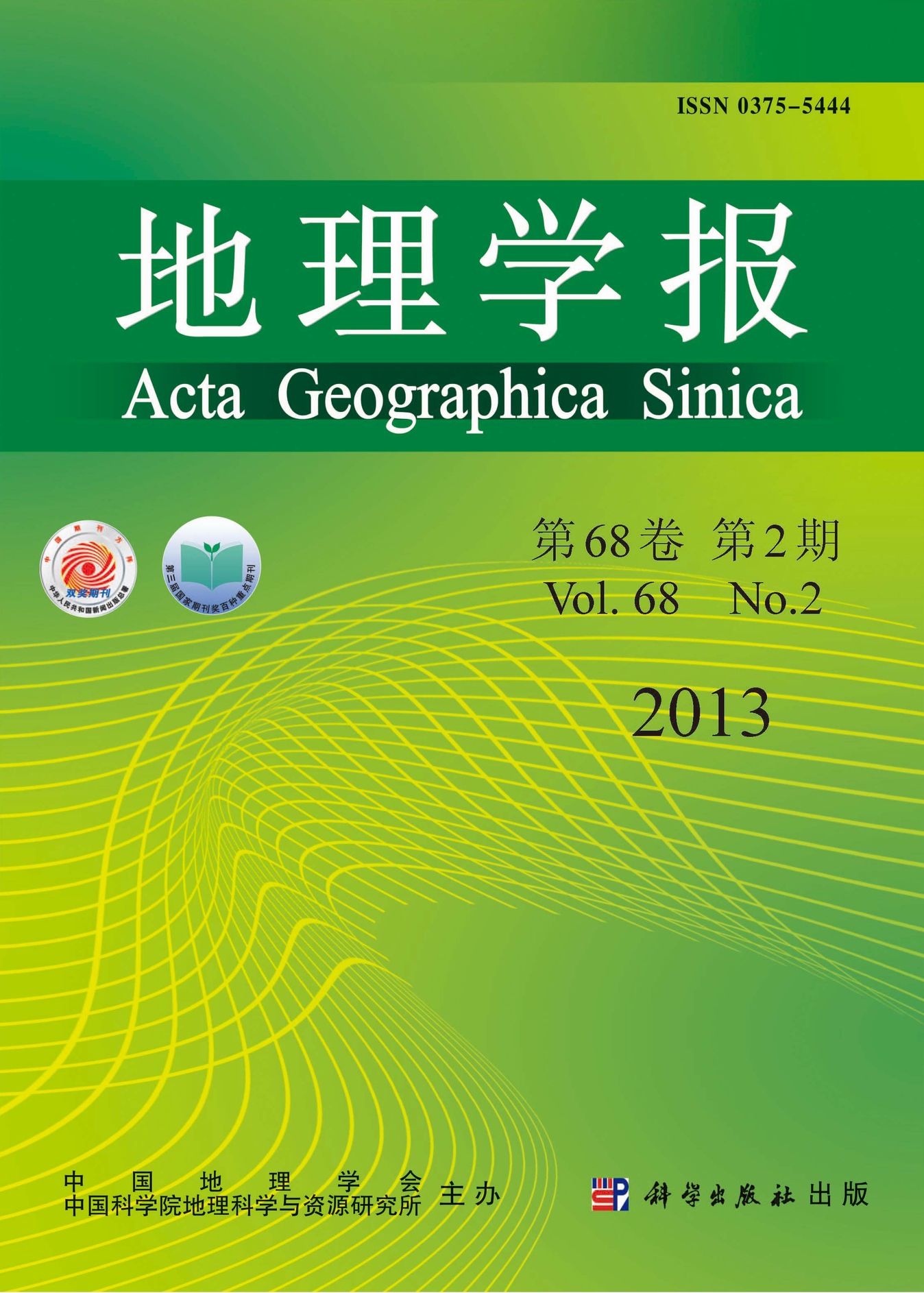SUN Jun, PAN Yujun, TANG Maolin, WU Youde, ZHAO Jianxia
Understanding the Changing Planet: Strategic Directions for the Geographical Sciences (UCP), prepared by the U.S. National Research Council's (NRC) ad hoc Committee on the strategic directions for geographical sciences in the next decade, is an original and agenda-setting document that speaks to transdisciplinary Geographical Sciences in order to get a better understanding of our rapidly changing planet. But for NRC's decision to devote some of the ‘precious space’ in the report to relatively uncontroversial matters, and UCP was written for the audience which includes people who have little sense of what a geographical ‘take’ on issues and problems means, as a result the role of technologies and tools is likely to be dominant. The most important contribution of UCP lies in the point of progress of geography in modern times, putting forward the question of Geographical Sciences, and successfully constructing it with the aid of technologies and tools. Another contribution of UCP is the proposed eleven strategic directions for the emerging transdisciplinary field of Geographical Sciences in the next decade. Just a few months later, The Professional Geographer, in a Focus Section, invites five geographers to evaluate UCP briefly, followed by a response from Alexander Murphy on behalf of the NRC Committee, and this focus section initiates a new conversation among geographers about the future of geography. These comments about UCP rediscover and make up the defects of UCP, especially much attention is paid to the methodology of Geographical Sciences. This paper discusses the progress of Geographical Sciences in Chinese Mainland. It illustrates that Chinese Geographical Sciences: (1) are a more complex disciplinary system, well arranged and have a strict category; (2) are balanced in ‘discipline’ and ‘task’; (3) develop some effective methodologies; (4) have showed some far-reaching, concatenate influence. Through reading UCP, the comments and response, and the progress of Chinese Geographical Sciences the paper comes to three conclusions. (1) Geography is just at a crossroad, geographers should take some effective measures to promote it. (2) The balance of ‘discipline’ and ‘task’ is the key to the future of Chinese geography. (3) Geographical Sciences should be constructed by disciplinary system, methodology, technologies and tools, and all these three dimensions should be scientifically humanism-based on scientific spirit and directed by humanism.
